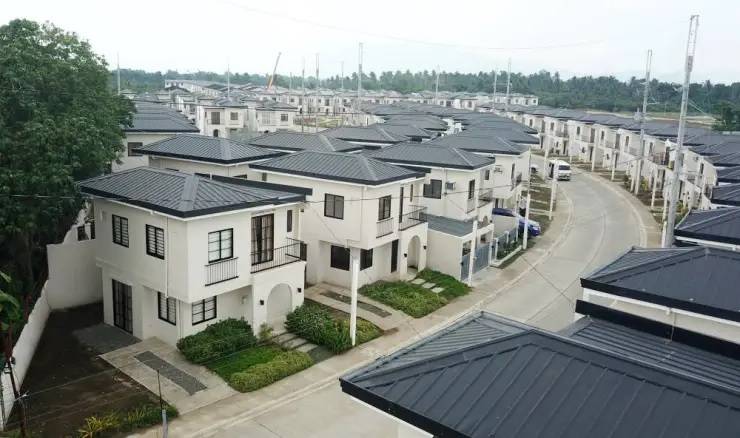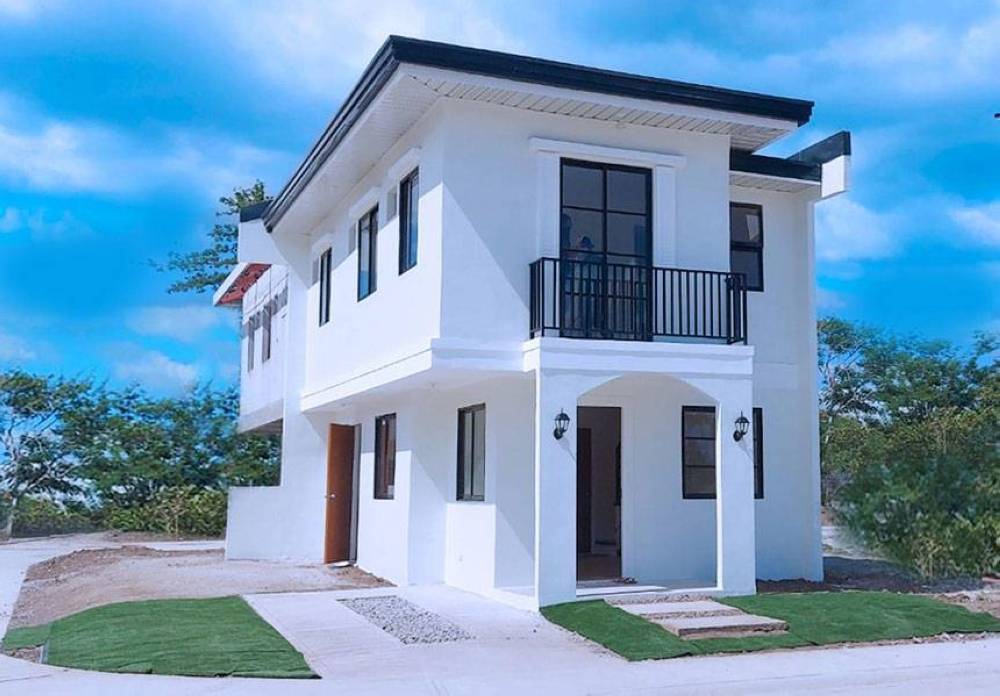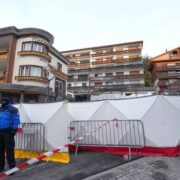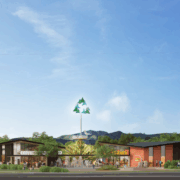Why the mid-market is the real market

When people talk about the booming real estate market in the Philippines, they often think of luxury condominiums in bustling Bonifacio Global City or beachfront properties in tropical paradise spots like Boracay and Siargao.
But here’s the real deal: The true driving force of the real estate market isn’t the ultra-rich buying up fancy homes. It’s the Filipino middle class. Yes, you heard it right—the middle class is the real market.
Let’s dive into why the middle class is the unsung hero of real estate investing in the Philippines, using key statistics, contributions, and a closer look at their role in the overall economy.

‘Middle class’ defined
First, let’s define the Filipino middle class.
According to the Philippine Statistics Authority (PSA), middle-income earners fall into the bracket of households earning between P43,828 and P76,669 per month. These are your hardworking professionals—teachers, engineers, office managers, small business owners—who make up around 40 percent of Filipino households.
But the magic of the middle class doesn’t stop at numbers.
The middle class embodies the quintessential Filipino dream—to work hard, provide a better life for their family, save, invest, and own a home. They’re ambitious, forward-thinking, and a major force driving the country’s economy forward.
Movers and shakers
If you think the middle class is just a passive player in the economic scene, think again. The Filipino middle class isn’t just earning and saving—they’re also spending, investing, and fueling key industries like retail, education, and yes, real estate.
Seventy percent of the country’s gross domestic product (GDP) is fueled by consumption.
The middle class is responsible for 30 to 40 percent of household consumption in the Philippines. They are the reason malls are buzzing on weekends, why fast-food chains thrive, and why mid-market residential developments are flourishing. And as their incomes grow, so does their purchasing power—especially in the housing sector.
Property investment isn’t just a luxury exclusively for the rich anymore. It is also becoming the norm for middle-class Filipinos.
According to a Colliers report, 68 percent of residential property purchases come from middle-income earners. While the ultra-rich might be making headlines for buying condos with panoramic views, it’s the middle class that’s moving into mid-priced homes in places like Cavite, Quezon, Laguna, and Batangas.

Real estate’s biggest fans
What makes the middle class so important in real estate?
Simply put, they’re serious buyers. The ambition, aspiration, and demand come from the middle market. Unlike speculative investors who might buy properties just to sell them later for a profit, middle-class families are looking for homes to live in. And they’re not just browsing, they’re signing contracts.
Middle-class Filipinos are the target market for affordable housing projects ranging from P2 million to P4 million—the sweet spot for developers. Affordable yet quality housing in safe, accessible neighborhoods is their dream. Developers have noticed this trend, which is why companies like Ovialand Inc. keep launching more projects specifically tailored to the middle-income market.
They’re also smart about financing. With interest rates starting to drop, many middle-class families are now keen on using home loans or Pag-IBIG financing to make their dream of homeownership a reality.
These buyers aren’t just here for a quick flip—they’re in it for the long haul, making them a solid foundation for sustainable growth in the real estate market.
Growing sector
Here’s the exciting part: the middle class in the Philippines isn’t just big, it’s actually growing.
As the economy expands and more Filipinos move into higher income brackets, the middle class is projected to increase by 30 percent by 2030. With this growth comes more demand for housing, not just in Metro Manila but in rapidly developing urban centers like Cebu, Davao, and Pampanga.
This surge in middle-class buyers is great news for real estate developers.
Developers are rushing to meet this demand by launching new mixed-use developments and affordable residential projects in key areas outside the crowded urban core. And thanks to the government’s Build, Build, Build program, infrastructure projects like highways and railways are making once remote areas more accessible and attractive for real estate development.

Valuable market
The Filipino middle class provides something that’s incredibly valuable to the real estate market—demand, resilience, and stability.
Unlike luxury buyers or speculative investors who might back out and shift to other asset classes when the economy slows down, the middle class is looking for long-term investments.
By focusing on the middle class, real estate developers and investors can tap into a market that is not only expanding but is also less volatile. Think of it as planting a tree—it might take a bit of time to grow, but once it starts bearing fruit, it will keep giving for years.
So, the next time someone talks about high-end condos or ultra luxury homes, just smile and remember: The real market in Philippine real estate is the middle class. They’re the hardworking families who are making homeownership a reality, driving economic growth, and shaping the future of the property sector.
Whether you’re an investor, developer, or just someone curious about where the real estate market is headed, one thing is clear: The middle class is the future, and that’s where the real opportunities lie.
The author has 19 years of experience as an entrepreneur, real estate investor, stock broker, financial literacy advocate, educator and public speaker. He is the vice president and head of Business Development and Market Education Departments together with the OFW Desk of First Metro Securities Brokerage Corp. and is a member of Metrobank’s Financial Education Editorial Advisory Board. He may be reached via andoybeltran@gmail.com

















